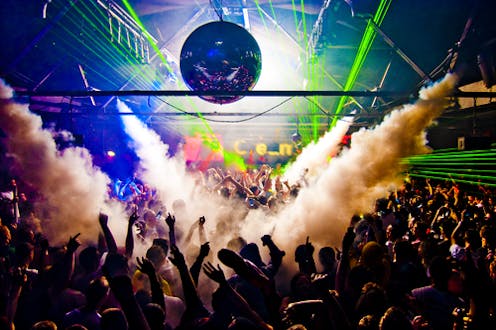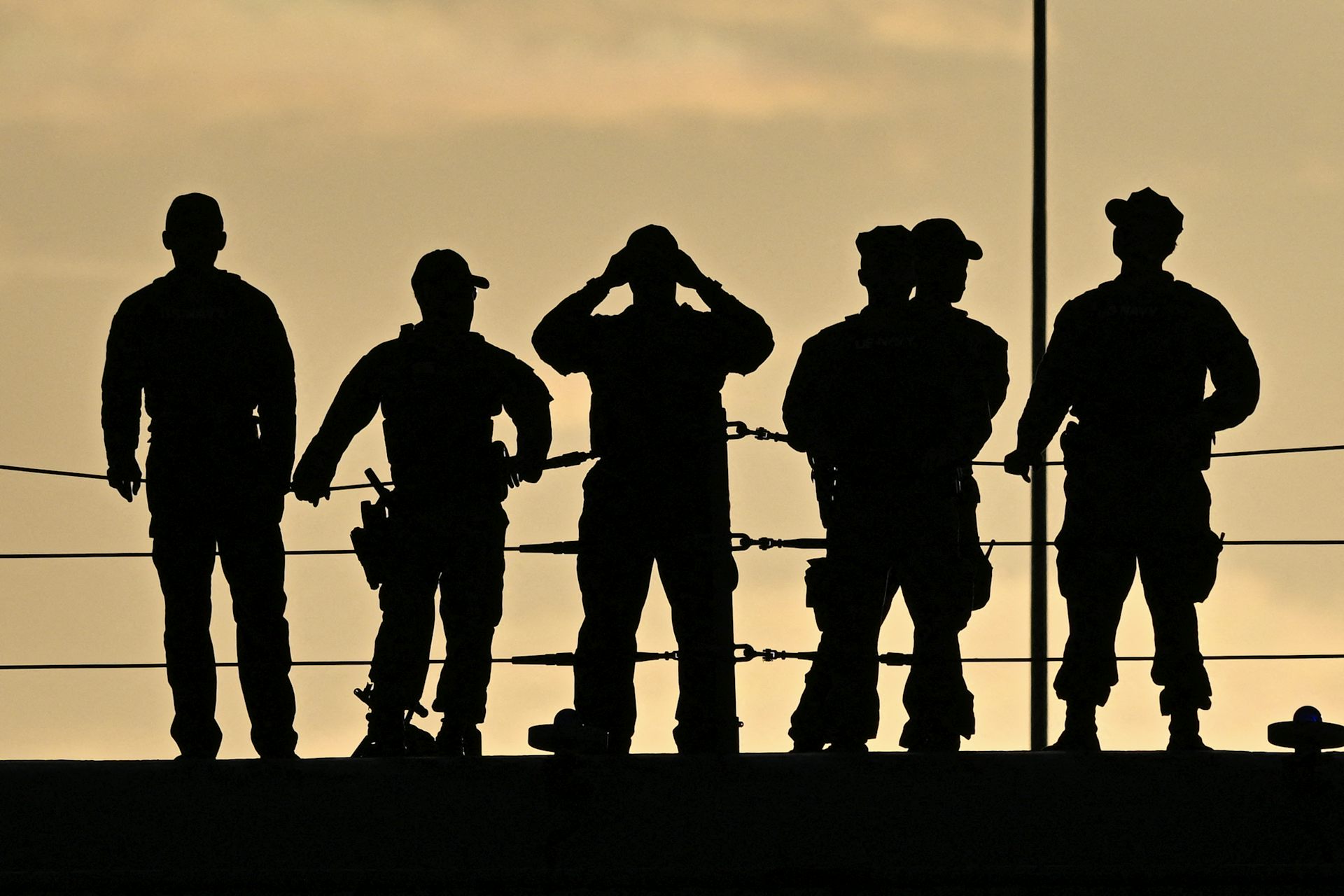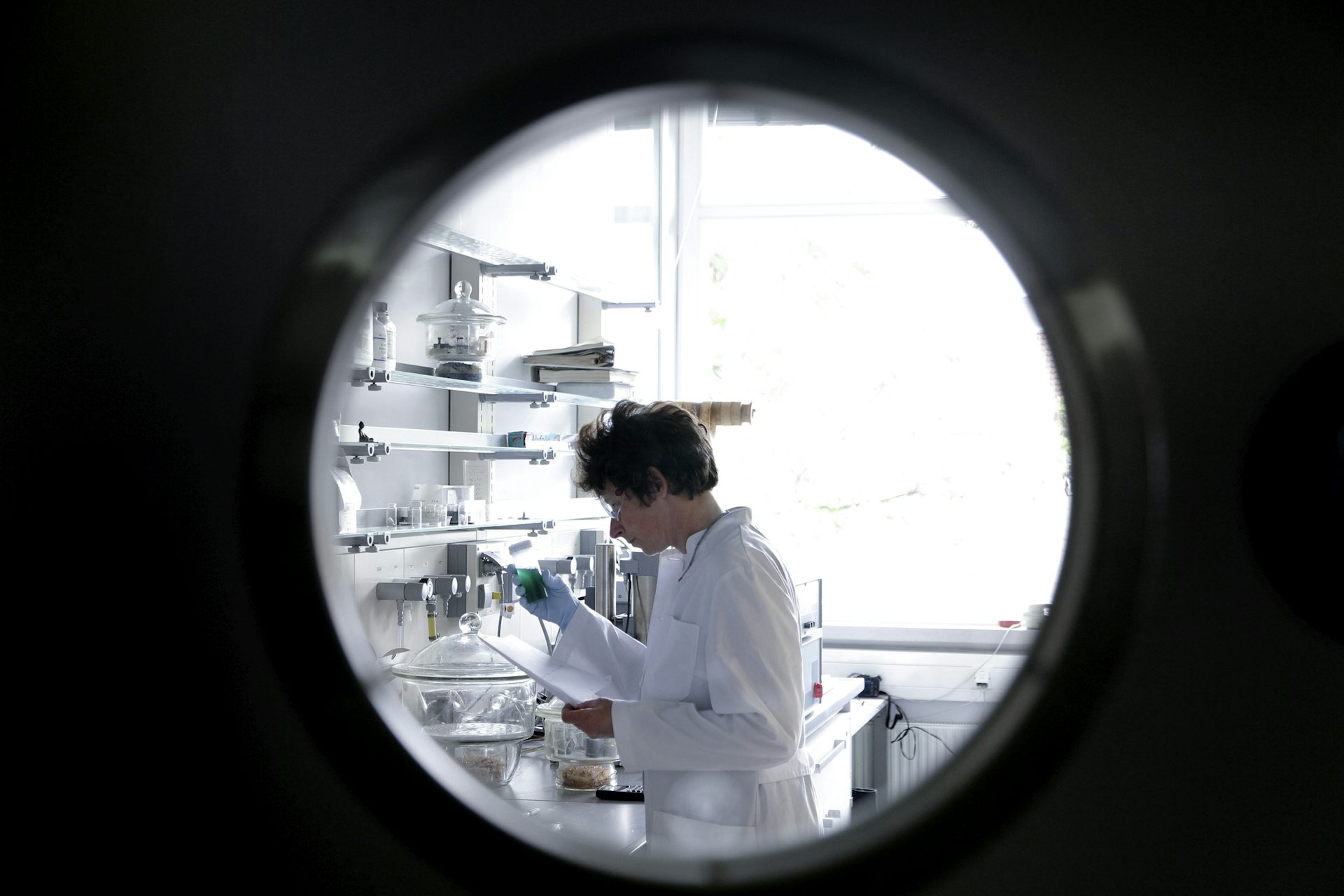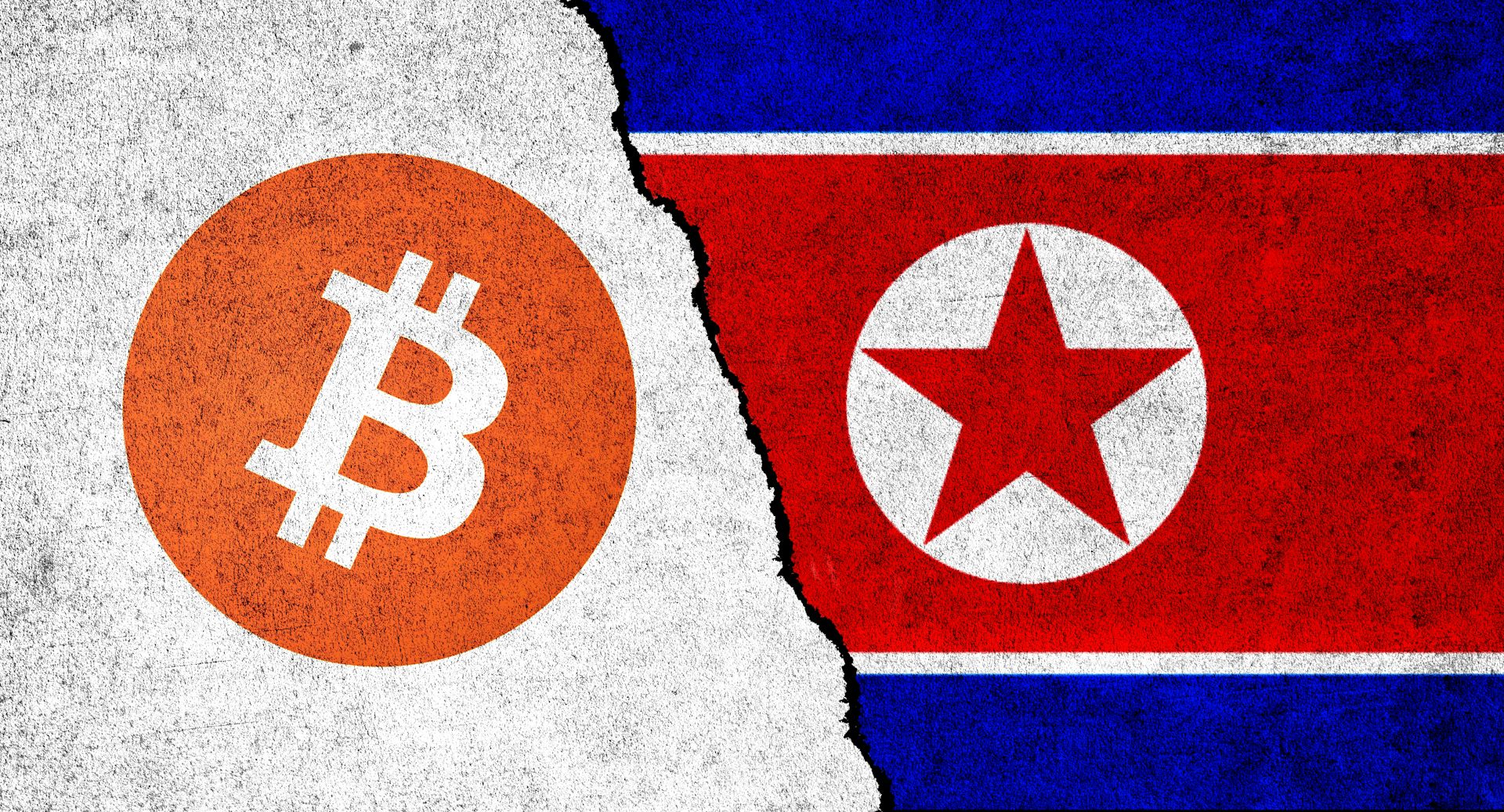The comeback and dangers of the drug GHB
The recent death of 'Storm Chaser' star Joel Taylor, reportedly because of his use of the GHB, is a tragic reminder of the drug's dangerous impact.

A highly potent drug called GHB is making a comeback in nightlife scenes, along with overdoses and even death. On Jan. 23, 2018, “Storm Chaser” star Joel Taylor died on a cruise ship. Celebrity news site TMZ reported that Taylor may have used GHB in the hours before his death.
GHB, or gamma-hydroxybutyrate, has been referred to as a “date rape drug” by the media for decades, as it has been involved in instances of sexual predators spiking unsuspecting womens’ drinks to take advantage of them while unconscious. However, much of the public is unaware that most of use of this highly potent drug is actually intentional.
I am a public health researcher who studies party drug use in the nightclub scene. I have learned a great deal through my research and through what I have witnessed firsthand in my years in this scene. Use of this drug largely disappeared from the scene, but it appears to be emerging again in popularity.
Initially, a sleep aid
GHB gained popularity in the 1990s, when it was sold over-the-counter in vitamin supplement stores as a sleep aid and growth hormone enhancer. In 1990, at least 100 people were reportedly poisoned using GHB, and the Food Drug Administration banned sales of the substance. However, availability continued, as did outbreaks of poisonings.
Use can lead to a range of adverse effects ranging from nausea and vomiting to seizures, repressed breathing, and even death. Despite the ban, GHB use increased throughout the 1990s, and the drug was made illegal to possess in March 2000. Recreational use eventually decreased, but there appears to be a recent uptick in use — especially in the gay party scene.
While GHB induces sleep, the drug causes users to feel high before falling unconscious. Therefore, in my observation, most users of GHB attempt to take small doses in order to experience the high without falling unconscious. This practice of using GHB to get high began in the 1990s and led to GHB’s popularity in nightclubs.
However, doses of GHB are difficult to calibrate as it is highly potent with a steep dose-response curve, and co-using GHB with alcohol increases its effects. Higher than intended doses or combining it with drugs like alcohol can easily render someone unconscious.
The party scene
What is particularly unique about GHB is that onset of unconsciousness can occur quickly. A user can be dancing and talking with friends, yet a few seconds later fall on the floor unconscious and temporarily unwakeable. In fact, most users expect to “overdose” at some point and fall unconscious.
Witnessing the problems associated with GHB use so often in nightclubs was the main reason I became a drug researcher. I was deeply immersed in the after-hours New York City nightclub scene in the late 1990s and early 2000s, when GHB popularity was at its peak.

By 2001, almost every week I witnessed multiple overdoses. I’ve helped carry unconscious bodies from dance floors, I’ve had good friends of mine die after using GHB, and I had even witnessed some of the infamous hidden rooms in some nightclubs that held bodies of unconscious users where nightclub staff waited for them to gain consciousness hours later. Some New York City nightclubs even had their own private ambulance services in order to not alert authorities about the GHB problem in their venues.
GHB use declined in response to the abundance of overdoses and increased stigma toward use. In New York City, some major venues closed, largely in response to so many GHB overdoses.
The popularity of GHB
GHB is by no means a popular drug in the general population. Only about 3 out of 1,000 young adults (age 18-25) in the U.S. are estimated to have ever knowingly used the drug.
But things are much different in the nightclub scene. My colleagues and I, for example, found that among electronic dance music attendees in New York City in 2015, nearly 1 out of 10 attendees reported ever using GHB. However, most of the individuals we surveyed identified as heterosexual.
Use is more prevalent among gay men and men who have sex with men (MSM) in party scenes. For example, a recent study of MSM nightclub attendees in South London found that more than half reported GHB use in the past year.
But GHB is not only popular in the nightclub scene for dancing and socializing; it is a leading “ChemSex” drug — meaning it is often used intentionally to intensify sex. This is particularly prevalent among MSM.
What can be done to prevent more deaths?
GHB, due to its high likelihood of leading to overdose, is one of the most deleterious drugs to ever reach the party scene. Stigma toward users was a leading method of reducing prevalence in the early 2000s, and anti-GHB campaigns in the nightclub scene have already begun in Canada in response to recent overdoses. However, while stigma might prevent some people from using, this will lead others to resort to hiding their use. And hidden use is riskier.
The new generation of partiers needs to learn from the past. Yes, there are plenty of partiers who use GHB “safely,” and harm reduction techniques should be used among those who insist on using. But GHB commonly results in overdoses, and as is shown by the death of Joel Taylor who is suspected of taking GHB, sometimes use can lead to fatal outcomes.
Joseph Palamar receives funding from the National Institutes of Health (grant K01DA038800)
Read These Next
Deception and lies from the White House to justify a war in Venezuela? We’ve seen this movie before
Two US wars based on lies, in which tens of thousands of American troops and millions of civilians died,…
What are gas stove manufacturers trying to hide? Warning labels
The gas industry is opposed to labels that warn consumers of the potential harms of gas stoves.
‘This year nearly broke me as a scientist’ – US researchers reflect on how 2025’s science cuts have
US science lost a great deal in 2025, including tens of billions of dollars of federal funding, entire…





